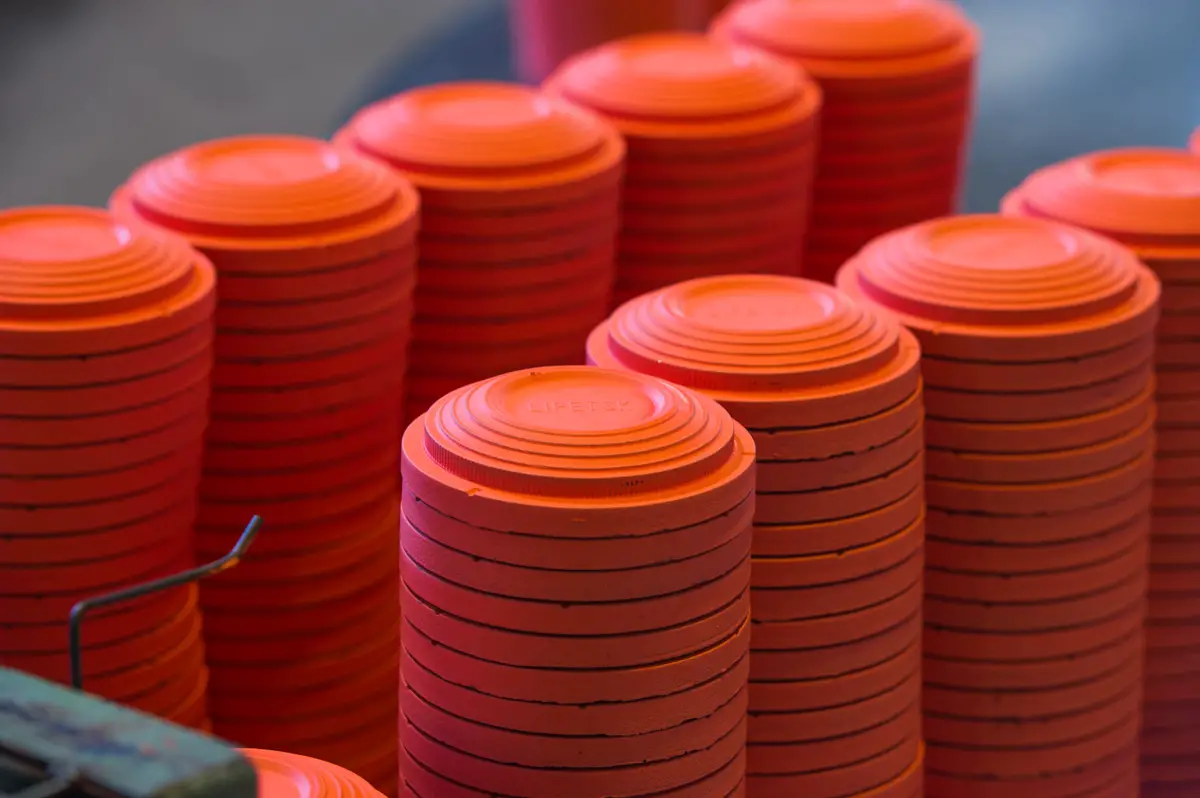Introduction
In the captivating realm of outdoor sports, clay pigeon shooting stands tall as a cherished pastime, attracting enthusiasts across the globe. As we wield our shotguns, sending clay discs soaring through the sky, a question lingers in the minds of eco-conscious individuals: how do these targets fare in the delicate embrace of our environment? Join us on an intriguing exploration as we unravel the secrets of clay pigeons’ biodegradability.
Image: elrods-theseattleversion.blogspot.com
A Glimpse into the Nature of Clay Pigeons
Traditionally crafted from natural clay, these targets are designed to shatter upon impact, leaving behind a comforting sound that echoes through the shooting range. Yet, beneath their seemingly harmless facade lies a complex composition that warrants further scrutiny. Modern clay pigeons often incorporate binding agents and synthetic materials to enhance their durability and performance. It is essential to understand that the biodegradability of these targets hinges upon the specific materials employed in their manufacture.
The Truth Uncovered: Biodegradability in Focus
Contrary to popular belief, clay pigeons do not biodegrade at the same rate as organic materials like paper or cardboard. The binding agents and synthetic additives, which grant them their sturdy nature, hinder the decomposition process. While the clay component may eventually disintegrate into smaller fragments, the non-biodegradable elements endure, posing a lingering presence in our surroundings.
Duration of Persistence: A Matter of Time
The precise duration for which clay pigeons persist in the environment varies widely, depending on the composition and prevailing environmental conditions. In ideal scenarios, weather elements, soil composition, and microbial activity can hasten the breakdown process. However, unfavorable conditions, such as cold temperatures, dry soil, or acidic environments, can significantly impede biodegradability, prolonging the lifespan of these targets in our natural landscapes.

Image: theclaybird.com
Navigating the Challenges: Earth-Friendly Alternatives
Recognizing the environmental concerns associated with traditional clay pigeons, conscientious shooters and manufacturers are embracing eco-friendly alternatives that prioritize biodegradability. Plant-based materials, such as sugarcane bagasse or recycled paper, offer sustainable substitutes, breaking down naturally without leaving behind harmful residues. By embracing these sustainable options, we empower ourselves as guardians of our planet, ensuring a greener future for generations to come.
How Long Do Clay Pigeons Take To Biodegrade
Conclusion: Embracing Responsibility
As responsible participants in the captivating sport of clay pigeon shooting, it is incumbent upon us to prioritize the environment by opting for biodegradable targets. Through informed choices, we demonstrate our commitment to minimizing our environmental footprint. Let us embrace this opportunity to safeguard our shared ecosystems, fostering a harmonious balance between our passion for the sport and our reverence for the natural world.






